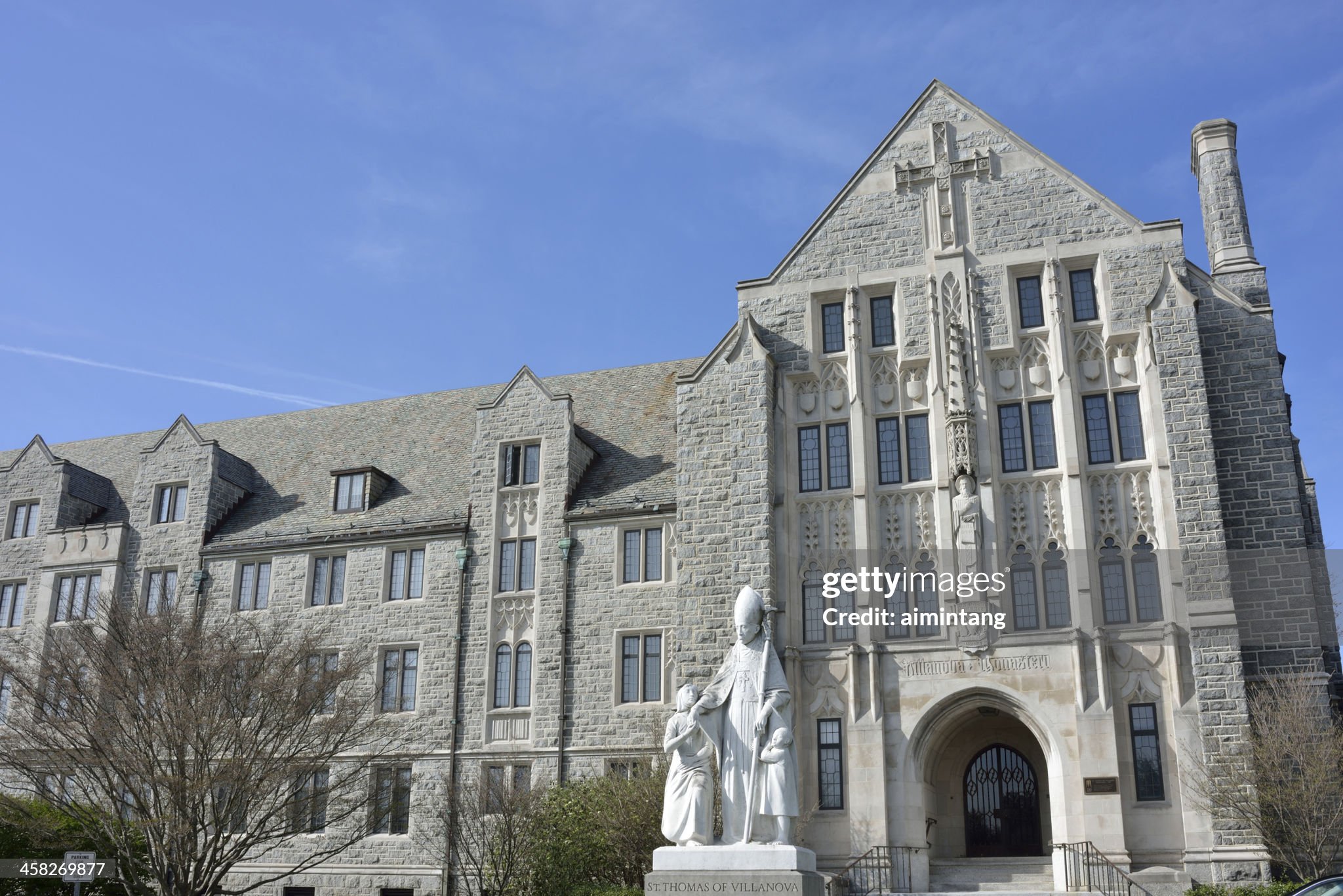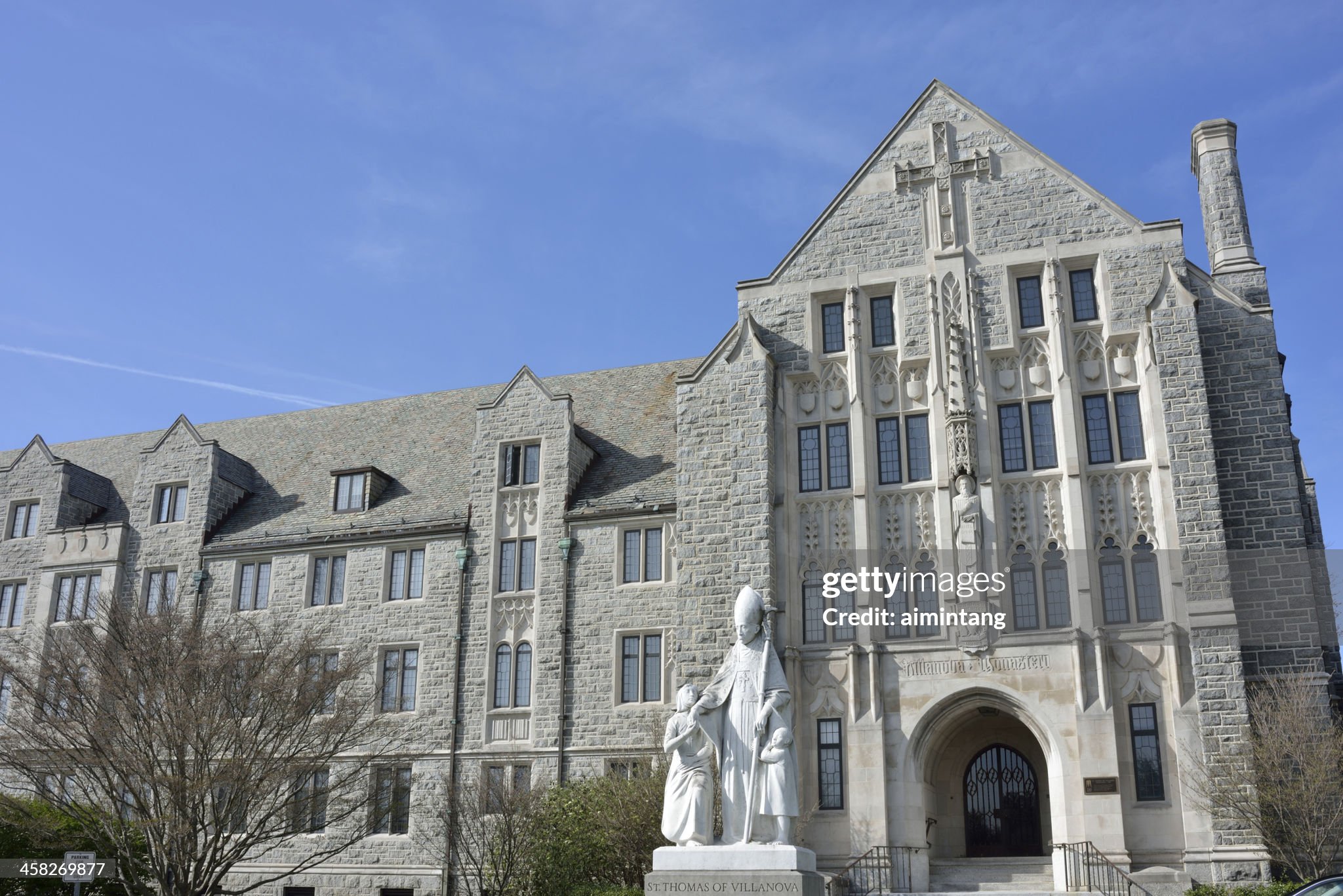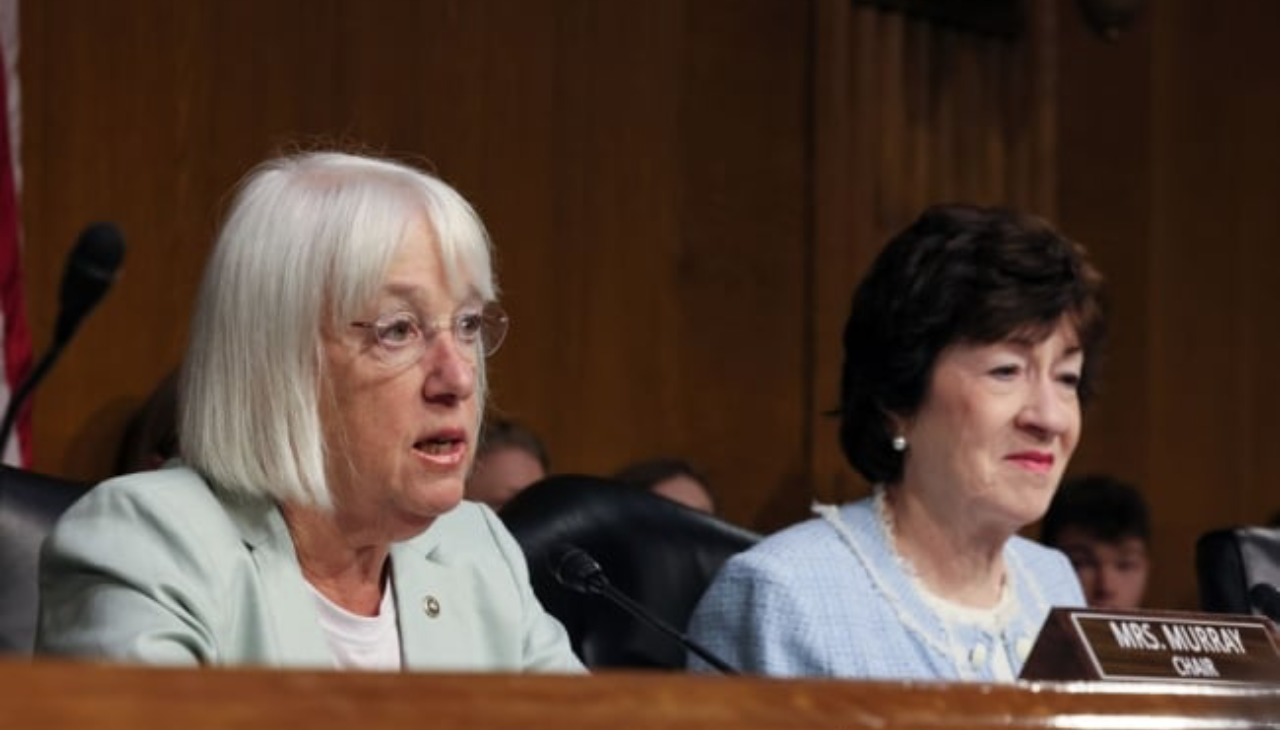
What should the future of the university look like?
The President of Arcadia University assures that the future of higher education will be dictated by underrepresented students.
The future of higher education appears to be bright for underrepresented communities in the United States.
According to statistics from the Hispanic Association of Colleges and Universities (HACU), by 2026 Hispanic student enrollment will exceed 4.1 million students, outpacing the growth rate for other ethnicities and races by more than 10 %.
The President of Arcadia University, Dr. Ajay Nair, agrees with what the statistics predict. For him, the inclusion of minorities is the key to offering a diverse higher education system that meets the needs of the growing Hispanic population.
As he told AL DÍA in an interview, since Nair became President of Arcadia in 2018, his conversations with his team have focused on how to build the university of the future and how to make higher education more accessible to underrepresented communities.
The road to transformation
Nair is the first president of color at Arcadia University and, during his arrival at the institution, there were also no people of color in his cabinet. A few years later, he saw to it that 50 % of his cabinet was composed of people of color and 60 % of women.
Currently, 40 % of Arcadia’s enrollment is first-generation students, while 38 % are students of color. Of that percentage, 13 % is comprised of Hispanic students and 11 % have a native language other than English.
“For me, the opportunity to be president of Arcadia is this incredible alignment with the institution and with my own values, in terms of serving students from underrepresented backgrounds,” said Nair, who is among the first college or university presidents of Indian-American descent in the United States.
Another integral part of adapting education to the new realities ahead is updating the teaching model to match students’ interests. To this end, Arcadia decided to focus its academic offerings on science, technology, engineering, and math (STEM) for underrepresented students interested in becoming agents of change.
Nair also favors hybrid education so that students can take their courses online and/or face-to-face. As he explained, the strategy for the future lies in offering traditional and non-traditional educational methods to meet the demand of different student profiles, such as those who work full time, those who have more than one job, and mothers who are also students, among others.
RELATED CONTENT
“The pandemic forced institutions to be more flexible and innovative. It was no longer an option to offer hybrid or online courses, we had to do it,” he continued.
The Biggest Challenge is Affordability
The number one challenge students face in accessing higher education is the high cost of tuition. According to data from the Education Data Initiative, college tuition has increased 747.8 % since 1963.
If we go by the most recent statistics, from 2010 to 2020, the cost of tuition at public 4-year institutions increased by 31.4 %. In large part, today’s tuition increase is due to inflation in the economy, which is at its highest level since 1982.
“The business model of higher education is evolving and changing quite rapidly because the funding of higher education is not in very good shape”, Nair confirmed.
In order to make the university system more affordable, Arcadia’s President managed to lower tuition costs at the institution to 60 %. Currently, Arcadia also has scholarship and grant opportunities for low-income students. According to the campus website, 99 % of full-time students at Arcadia receive financial aid and scholarships.
“We need to find more creative ways to reduce the cost of tuition for our students,” Nair concluded.
About Arcadia
Arcadia University is located in Montgomery County, where there is an average of 5.8 % Hispanic, according to the CENSUS.
In addition to its Philadelphia location, Arcadia has educational centers in London, Australia, South Africa, Ireland, and Scotland, among others.











LEAVE A COMMENT:
Join the discussion! Leave a comment.